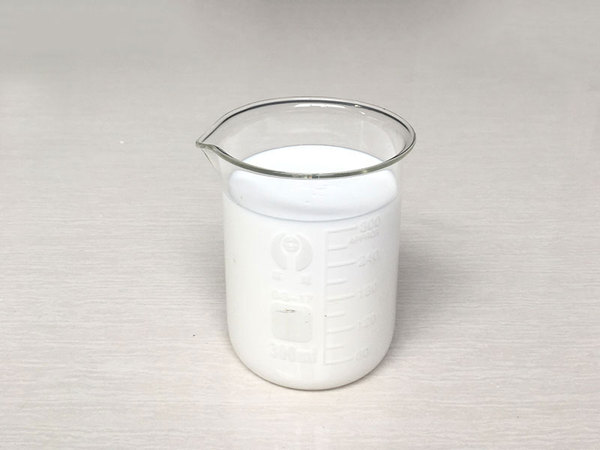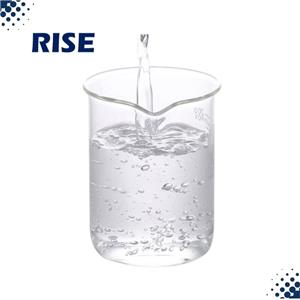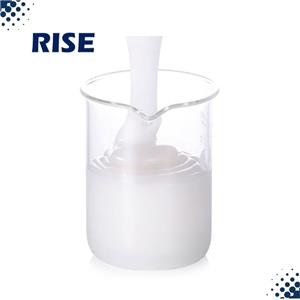Application of Defoamers in the Papermaking Pulping Process
The papermaking process involves the pulping of raw materials, such as wood fibers, to produce a pulp. However, during this process, unwanted foam can be generated, which hinders the efficiency and quality of the pulp. To address this, defoamers are commonly used to control and eliminate foam. This article explores the importance and application defoamers in the papermaking pulping process.
Defoamer, also known as anti-foaming agent or foam additives, are chemical substances that destabilize foam and prevent its formation. They suppress the formation of foam bubbles and cause the existing foam to collapse or dissipate. Defoamers can be classified into two main types: silicone-based defoamer and non-silicone-based defoamer. Silicone-based defoamers are widely used due to their excellent performance and stability, while non-silicone-based defoamers are preferred in certain applications where silicone is not desired.
Importance of Defoamers in the Pulping Process

1. Increased efficiency: Excessive foam in the pulping process can lead to slower reaction rates and impede heat transfer, resulting in decreased productivity. Defoamers help improve the efficiency of the pulping process by preventing foam build-up, enabling better mixing and heat transfer within the system.
2. Quality enhancement: Foam can trap and retain small particles and impurities, degrading the quality of the pulp. By suppressing foam, defoamers ensure a cleaner and higher quality pulp, reducing defects in the final paper product.
3. Equipment protection: Foam can cause excessive agitation and mechanical stress on equipment, leading to increased maintenance and downtime. Defoamers reduce foam-related issues, thereby extending equipment lifespan and reducing operating costs.
Application of papermaking defoamer

1. Addition: Papermaking defoamer are typically added directly into the pulping tank or digester during the cooking or bleaching stages. The dosage required depends on various factors like the amount of foam generated and the specific equipment used.
2. Monitoring and adjustments: Regular monitoring of foam levels is necessary to determine the effectiveness of the defoamer dosage. Adjustments in defoamer quantity may be required based on the observed foam levels.
The application of defoamers in the papermaking pulping process is crucial for efficient and high-quality pulp production. Defoamers play a vital role in suppressing foam formation, improving process efficiency, enhancing pulp quality, and protecting equipment. By carefully selecting and using appropriate defoamers, paper manufacturers can minimize foam-related issues and optimize their overall papermaking operations.





